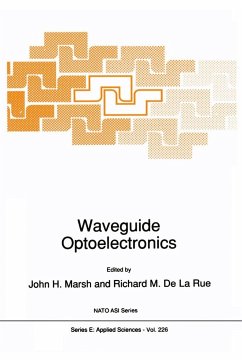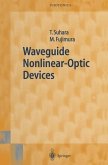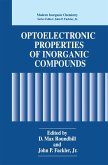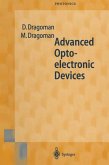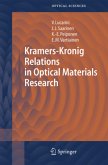This book provides an overview of the underlying physics and technology of modern waveguide optoelectronics. By presenting these two aspects together in a coherent manner, readers will gain an appreciation of the fundamental physical limits to device performance as well as a critical understanding of the state of the art.
Starting from the fundamental optical properties of matter, the book moves on to describe methods of device design, with an emphasis on low dimensional systems. The potential of III-IV semiconductors is highlighted because of their ability to incorporate lasers, waveguides, modulaters and detectors. However, other technologies -- principally lithium niobate and fibre devices -- are studied and contrasted. The role of nonlinear optics and femtosecond pulses within the framework of waveguide optics is evaluated. Optical fibre devices show considerable promise in a range of system applications and such devices are discussed and compared with planer devices. Finally, progress towards photonic and optoelectronic integrated circuits is addressed.
Starting from the fundamental optical properties of matter, the book moves on to describe methods of device design, with an emphasis on low dimensional systems. The potential of III-IV semiconductors is highlighted because of their ability to incorporate lasers, waveguides, modulaters and detectors. However, other technologies -- principally lithium niobate and fibre devices -- are studied and contrasted. The role of nonlinear optics and femtosecond pulses within the framework of waveguide optics is evaluated. Optical fibre devices show considerable promise in a range of system applications and such devices are discussed and compared with planer devices. Finally, progress towards photonic and optoelectronic integrated circuits is addressed.

